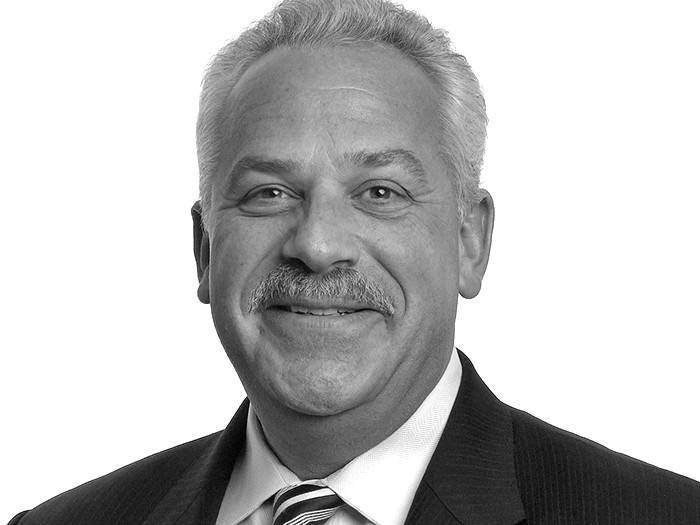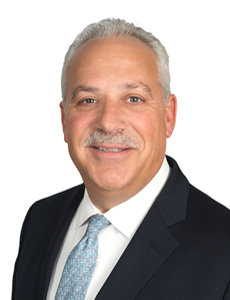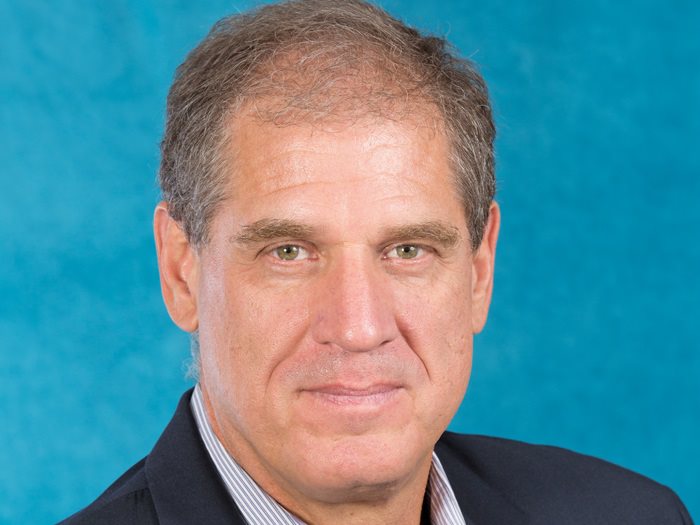Executive Spotlight
What Working on a Nuclear Submarine Taught Joe Tocco about Teamwork, Talent and Trust

Things are moving fast, and the insurance industry is perpetually challenged to keep up with emerging and evolving risks, advancing technology, and fluctuating market conditions. But companies that take proactive steps to embrace change and make efforts to attract, train and retain the right people will be equipped to succeed no matter what.
Risk & Insurance talked to Joe Tocco, XL Catlin’s Head of North America, about the big issues facing the industry, and how tapping into a broader pool of talent can help drive the innovation carriers need to stay ahead of the curve.
R&I: How did you get your start in the insurance industry?
Joe Tocco: I spent almost nine years in the Navy and got my education there. Towards the end of my career, I was a nuclear field service engineer doing useful life studies on submarines. When I got out of the Navy, that experience afforded me the opportunity to work for Hartford Steam Boiler as a boiler engineer.
After about a year of that, I moved to New York and got connected with Industrial Risk Insurers. I started out there doing boiler inspections and eventually became an account engineer, working side-by-side with the underwriter. That’s when I really started to learn about insurance.
Then the opportunity came up to do property facultative underwriting for Munich Re. It was all tech risk stuff — boiler machine, oil & gas, etc. — so it allowed me to use my experience. I eventually moved to Zurich and ran property for North America and spent about 15 years there before coming to XL Catlin.
R&I: How did your experience in the Navy benefit your career?
JT: I learned a lot about teamwork and leadership. I was stationed on an attack submarine for about five years. The way we would test for any repairs was to go down to test depth and monitor the leak rate. Everything would be cracking and creaking. You quickly realize at any given moment something really bad can happen, and you have to trust that everybody around you is going to know exactly what to do. And that’s not an easy thing to develop, that trust.
For me, I carry that through in life now. It makes you prepared for the unexpected, and when it happens, you better be able to trust the people around you.
I’m about building teams of people that are willing to work together and are willing to go the extra mile. I try to cultivate that trust so that if things go south, we have the team here that’s going to solve the problem and solve it quickly. Getting a team to believe in each other and trust each other, I feel that’s what I bring to the table.
I’m about building teams of people that are willing to work together and are willing to go the extra mile. I try to cultivate that trust so that if things go south, we have the team here that’s going to solve the problem and solve it quickly.
R&I: What are the top challenges facing the insurance industry?
JT: Cyber has everyone’s attention because the industry is constantly trying to keep up and wrap our heads around it, but the risk is always evolving, which creates coverage issues. There’s unintentional coverage that’s embedded in products historically, and there are standalone products. Determining how the two interact when it comes to exposures like cyber-related business interruption and property damage is an ongoing challenge. As an industry, we’re still figuring out how to build meaningful products that will meet clients’ unique needs.
After the natural catastrophes of 2017, I think another big risk challenge is the sheer amount of uninsurable exposure. We tend to think of this as a problem for third-world countries. When they get ravaged by a storm, there is no backstop to help them rebuild. But it’s a problem in the U.S. too.
A typical Fortune 100 risk manager today will say they can transfer around 20 to 25 percent of their risk via an insurance product. Everything else, they have to find other ways to mitigate.
That raises a more systemic problem for the industry — the ability to stay relevant. Alternative capital has changed the playing field quite a bit. The development of models that allow non-traditional players to model a loss and sell insurance at a different price point also adds pressure. The traditional insurance cycle is dead, and traditional carriers have to get smarter and be able to access cheaper and more efficient capacity.
That raises a more systemic problem for the industry — the ability to stay relevant
R&I: How does talent shortage affect the industry’s fight to stay relevant?
JT: In order to innovate, we need to attract more young people with tech skills as well as underwriting talent.
We’ve had a 10 to 20-year gap where the industry has not attracted talented underwriting minds. When I first started in the industry there were great training programs, but most of them have disappeared due to budget cuts.
In recent years, corporations have increased their efforts to reach into academia and introduce the industry to college students, representing insurance as a place where you can build a great career. But we still have an image problem; we have to do more to portray this industry as not just “solid,” but interesting and essential and full of great people.
We are getting better at recruiting though. We’re bringing in some smart people. I often think ‘If I were a kid today, I wouldn’t get hired!”
R&I: Do you think the traditional cycle has been altered?
JT: The pricing challenge is not going to go away. We’re selling products across the industry at a cost that’s not sustainable because there’s too much capital out there to get the price we need, and the losses just keep getting bigger. We have to get more disciplined in our underwriting, and more efficient in our operations across the board. That’s where innovation and Insurtech can help take some cost out of the equation.
R&I: What does the innovation landscape look like right now? How are insurers making efforts to innovate?
JT: Lots of companies are making investments both internally and externally to develop and execute new ideas. We’ve gotten serious about it under Mike McGavick’s watch here in the last four or five years and have taken it to a new level.
In order to innovate, we need to attract more young people with tech skills as well as underwriting talent.
At XL Catlin, it’s an expectation that every day, in addition to your day job, you’re responsible for thinking innovatively and trying to come up with new ways of doing things or improving a product. Several years ago we launched XL Innovate, our joint-venture investment and start-up firm. This group gets pitched new ideas every day, so it gives us a front row seat to watch what’s going on, and then pick and choose where we want to make investments.
We also have a group internal to us called Accelerate that works directly with our business units to leverage new ideas. They quickly vet ideas, match them with the business unit that has a need, and gauge interest. Last year we introduced about 25 new products or services, and this year we’ve launched about a dozen so far.
R&I: What’s appealing to you about working in insurance?
JT: I love being able to solve problems for our clients and build relationships. Some of the people that I’ve met in this industry are some of my very, very dear friends that were business acquaintances at one time.
To get exposure to all these different people from different walks of life and different industries all over the world, and understand a little bit about each one of them, makes every day a new adventure. There’s something new to learn every day. I feel blessed to have been given this opportunity to work in this industry.
R&I: What’s next in your career journey?
JT: XL Catlin was recently acquired by AXA Insurance, and I think that will bring us some additional capital to enable us to move faster. We share a similar long-term vision for what we want to build. I’m personally very excited for the opportunity that it’s going to present to us here in North America particularly, but also for the organization on a whole. And I think that that excitement is very much felt throughout the organization. &












